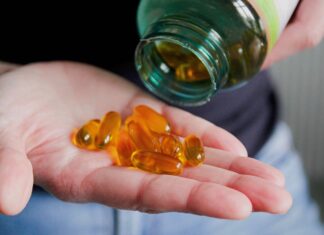The market for sleep technology is booming, with companies like Eight Sleep and Sleepme leading the charge in active cooling mattresses and toppers. Driven by mainstream sleep science and endorsements from high-profile figures, these products promise deeper, more restorative rest. But do they live up to the hype? Here’s a breakdown of the evidence and what you need to know.
Why Temperature Matters for Sleep Quality
Core body temperature naturally drops by one to two degrees Fahrenheit before bedtime, signaling the brain to release melatonin and prepare for sleep. When the body struggles to cool down —due to a warm room, heavy bedding, or physiological factors like menopause—sleep becomes lighter and more fragmented.
Deep sleep, critical for tissue repair, immune function, and memory consolidation, is more easily achieved when core temperature is lower.
How Cooling Mattresses Work: Active vs. Passive
Cooling mattresses fall into two main categories:
- Active Cooling: Uses water or air circulation to continuously pull heat away from the body. These systems maintain a consistent temperature, are often app-controlled for personalized settings, and deliver more sustained cooling.
- Passive Cooling: Relies on materials like gel-infused foam, open-cell foam, or phase-change materials. These can feel cool initially but warm up as they reach thermal equilibrium, limiting long-term effectiveness.
Price is a major difference. Active systems like Eight Sleep can cost $2,500–$5,000 plus monthly fees, while passive toppers range from $60 to $270.
The Evidence: Active Cooling Improves Sleep
Research strongly supports the benefits of active cooling systems. Studies show they help people fall asleep faster, reduce nighttime awakenings, and stabilize sleep architecture. One trial reported a 16% increase in deep slow-wave sleep with an active cooling mattress.
The benefits are most pronounced for those with impaired thermoregulation, such as menopausal women, hot sleepers, athletes, or people in warm climates. A 2022 study found cooling mattress pads significantly reduced sleep disturbances in menopausal women.
Passive cooling, however, has a weaker evidence base. Foam materials trap heat under pressure, and even infused gels lose effectiveness over time. While some small studies suggest initial temperature drops, meta-analyses show inconsistent effects on overall sleep quality.
Beyond Sleep: Cooling and Recovery
Cooling mattresses may also aid recovery, particularly for athletes. Early research suggests lower resting heart rates, higher heart rate variability (HRV), and improved readiness scores with active cooling.
Cooler sleep reduces sympathetic nervous system activity and supports overnight restoration. However, more large-scale trials are needed to confirm these effects.
Practical Considerations and Alternatives
Active cooling systems require maintenance: descaling, refills, and potential repairs. Overcooling can also be an issue.
Before investing, consider simpler solutions:
- Bedroom Temperature: 60–67°F is optimal.
- Breathable Bedding: Cotton, linen, or bamboo.
- Warm Shower Before Bed: Promotes cooling as heat dissipates.
- Socks: Enhances vasodilation in feet to shed heat.
These behavioral changes can significantly improve sleep temperature without the high cost of technology.
Ultimately, temperature regulation is vital for sleep. Active cooling systems offer a scientifically grounded way to support deeper rest. Passive cooling may provide some benefit, but active systems are more effective and backed by stronger evidence.
Further research is needed, but for those struggling with sleep, cooling mattresses may be a worthwhile investment alongside other healthy sleep habits.




































